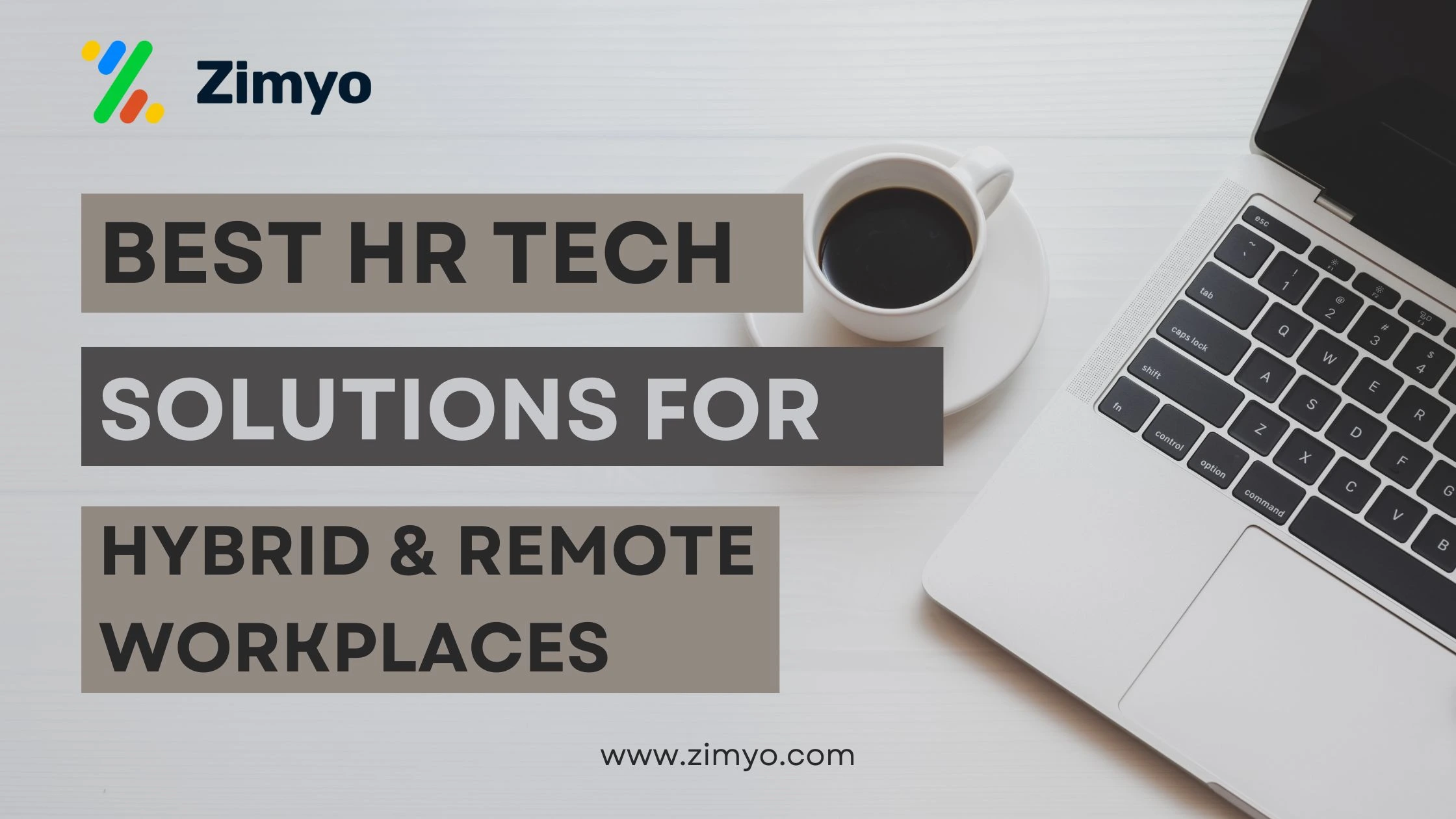Table of Contents
When an employee applies for a job, there are certain things he or she considers before joining the organization. Work location, working hours, and leave policies are some of the major factors that influence a candidate’s decision about the job. During the hiring process, one of the first things that most applicants ask the recruiters is about the organization’s leave policy. An organization can lose the chance of hiring the best talents in absence of a clear and well-documented leave policy. Besides this, potential employees also want to know the types of leaves that the company is providing to its employees.
Every organization needs to have a well-communicated leave policy. Both the employers and employees need to have clear communication about the leave policy. Today, we are going to discuss in detail some of the most important types of leaves that an organization should include in its leave policy.
Leaves are nothing but a period when you don’t go to work. The leaves that you are entitled to are mostly ‘paid leaves’ and the leaves that you take after you’ve availed all the earned leaves are termed as the loss of pay or leave without pay. In other words, it is called, LOP or LWOP.

Why is a Good Leave Policy Important?
Good and standard leave policies help maintain a positive work environment, reduces the problems involved in managing the employee leave process, saves time and cost for your organization. Keeping things well-defined will also help in avoiding disputes or confusion. Also, a leave policy will help in defining the number of leaves, the types of leave, and the procedure to apply for leaves. With a leave policy, the organization can assure the employee that they will be provided time off in case of any emergency or for taking care of personal issues.
What are the different types of leave?
National laws are dictating the minimum leaves to be provided by the employers to their employees. However, different companies have different leave policies and the specifics on leave rules may vary from organization to organization.
Sick Leave
Sick leaves, also known as medical leaves are the leaves that are given by the company to its employees to recover from an illness and take care of their health. These are provided to the employees on the grounds of sickness or accidents met by the employees. These leaves are to be mandatorily provided to the employees as per the labor laws. When an employee takes a sick leave, he can take rest for the day without worrying much about the loss of pay. These leaves are often prone to misuse, so sometimes, an employer might ask for a medical certificate in case the number of leave taken exceed two or three times a year. As per the law, these leaves can be given up to 15 days in a year.
Casual Leave
Companies provide casual leaves in addition to assigned employee leaves. These leaves are provided to accommodate any urgent personal requirements. These leaves are taken by an employee for events like traveling, vacation, or family functions. Giving the employee these paid casual leaves will allow them to maintain a work-life balance. Employees can take a maximum of 8 to 15 days of casual leaves in a year.
Maternity Leave
All the companies must include these leaves in their leave policy. A woman would require at least 3 to 4 months of rest after her delivery. This leave type must be included in the leave policy to ensure that female employees don’t stress about their work while taking care of the newborns. This leave is provided to the new mother for 7-17 weeks for complete rest. The organization should also be ready to give extra leaves in case of postnatal complications.
Compensatory Off (or Comp-Offs)
Compensatory offs are given when the employees are asked to work on a weekend or holiday. These are those leaves that are explicitly provided by the employers to keep their employees engaged and motivated.
Religious holidays
Religious holidays like holidays on Christmas, Eid, Holi, etc. must be provided to the employees. Because these are the times when the employees must want to take the day off and spend time with their family for celebrating the festival. These days should be accommodated in the leave policy to provide the employees with the option to take leave during their festival.
So these are some of the most essential types of leaves that must be included in the leave policy. A good leave policy helps maintain a positive work culture in the organization.
Privilege Leave
This type of leave is also called as earned leave because you earn these leaves for the number of days you have worked in the organization. This leave can be used for various purposes such as vacation, rest time, other personal tasks. This type of leave has to be planned in advance so that employer can arrange the alternative in your position. According to the Labour Law it is necessary to provide this kind of leave.
An employee can encash these leaves using Leave encashment if left unused.
These leaves can be carry forward to the next year without any issue.
Marriage Leave
Some organizations provide a special kind of leave also called as Marriage Leave. In some countries this leave is mandatory to provide while in India it is not necessary to provide this kind of leave. The grant of this leave varies from a period of 1 to 15 days. However, as a norm most of the organization provide a leave of 3 days as a marriage leave.
You are required to submit a proof such as Wedding Card or certificate before taking the leave.
Another rule regarding marriage leave is that organizations allow this kind of leave for the first legal marriage.
For example- There was an employee Henry who married with a girl Andra but later got divorced. He thought to marry again but this time organization won’t provide him marriage leave.
Paternity Leave
The paternity leave is provided to expected father employees. This leave is provided to employees to spend some quality time with their family and new born. There is no Labour Law regarding Paternity Leave but still organizations provide these leaves to employees.
The leave entitlement varies from 2 to 4 weeks according to the organization’s policy. These leaves are provided for a specific time just before or after the birth of new born.
Bereavement Leave
Bereavement Leave is provided to employees on death of their near and dear ones. The purpose of this leave is to perform necessary rituals and recover from the loss of their dear ones. This type of leave is also known as compassionate leave. This type of leave is not mentioned in the Indian Labour Law. Many organizations provide bereavement leave for a period of 2 to 20 days.
Loss of Pay (LOP)
There are certain cases when employees burn all of their leave balance but still require a leave. In such cases organizations allow them LOP days where there salary is deducted.
Any leave availed in violation of leave policy is referred to as LOP (Loss of Pay).
There is no concept of a leave balance in the case of LOP leave. But, during payroll processing, we need to deduct salary for the number of days of LOP leave during the month.




